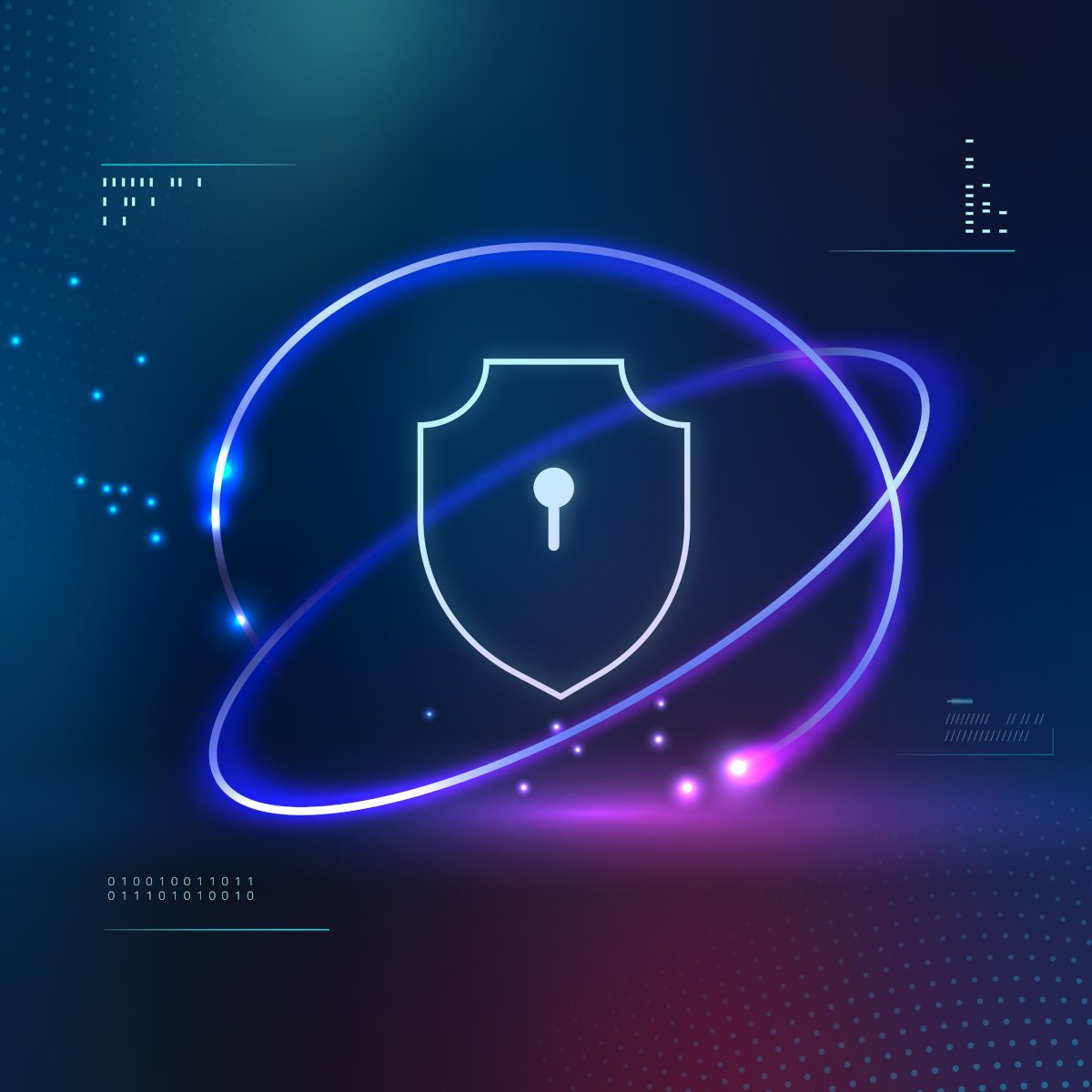
The increased utilization of cloud services, the transition to remote work, and the escalating complexity of cyberattacks render traditional security measures inadequate for safeguarding data and systems. Consequently, a new approach has emerged towards security, and it is called Zero Trust. When amalgamated with Secure Access Service Edge (SASE), it offers an all-encompassing solution to contemporary cybersecurity issues. In this article we probe into how Zero Trust collaborates effectively with SASE, bolstering organizational security within today's digital world.
The Zero Trust security model endeavors to safeguard the confidentiality, integrity, and availability of all assets encompassed within an organization's network. It is based on the idea that you should not automatically trust any user, device, or network no matter where they are or what proof they have. It makes sure that nothing gets easy access to things in the network. Each time someone asks to enter, it checks and confirms in detail before saying yes. Zero Trust rules start from thinking the network might be broken already and that danger could show up from within or beyond the network.
Secure Access Service Edge, or SASE, integrates network security and connectivity into a unified cloud-based service. It is aimed at enhancing network management for organizations amidst the prevailing digital landscape characterized by remote work and cloud applications. Departing from the conventional hub-and-spoke networking model, SASE embraces a decentralized approach, diverging from routing all traffic through a central data center. Network protection and connection services can now be provided from the cloud, which removes the need for equipment on-site and reduces the complexity involved in managing multiple security systems.
Zero Trust concentrates on perpetual authentication and identity verification, functioning based on the principle of “never place trust, always verify.”
SASE offers a wider range of functionalities, integrating network security features such as secure access, data protection, and threat prevention into a unified system.
Zero Trust encompasses micro-segmentation and the implementation of least privilege access controls, typically accomplished through the utilization of software-defined perimeter (SDP) or identity and access management (IAM) platforms.
SASE offers security and networking capabilities closer to users and devices through globally distributed points of presence (PoPs) in a cloud-native architecture.
Zero Trust is typically implemented gradually and iteratively, allowing for incremental adoption across network infrastructure.
SASE is deployed as a cloud-based service, providing scalability, flexibility, and streamlined management without the requirement of on-premises infrastructure.
The ideologies of Zero Trust and SASE are mutually beneficial, providing a thorough security framework. Zero Trust prioritizes verification of identity and control over access, establishing trust through persistent authentication and authorization. In the 2023 presentation of the Fortra and Cybersecurity Insiders report on Zero Trust Security, a majority of security experts (66%) deem continuous authentication and authorization as the most captivating aspect. One's adherence to Zero Trust principles is reinforced by prioritizing crucial elements such as the authentication of identity (65%), safeguarding of data (64%), thorough monitoring and audit capabilities for access privileges (61%), and granting minimal authorization (60%). Concurrently, SASE adds to this approach by providing a comprehensive suite of security features including secure entry points, data fortification, and threat mitigation. This blend creates a formidable defense against cyberattacks.
Granular Access ControlZero Trust principles empower precise control over access by enforcing the principle of least privilege. Users and devices receive access exclusively to necessary resources, determined by their identity and contextual elements. SASE enhances this approach with secure entry methods, including VPNs and secure web gateways, guaranteeing that resource access is both safe and in accordance with company policies.
Unified Security ManagementThe integration of Zero Trust and SASE into a consolidated security platform facilitates the streamlining of security management. Organizations possess the ability to centrally administer access policies, user identities, and security controls throughout their entire network infrastructure. This unified methodology simplifies administration, diminishes operational overhead, and augments the overall security posture.
Enhanced Threat Detection and ResponseCombining their capabilities, Zero Trust and SASE enhance threat detection and response. Zero Trust continually monitors user behavior and device posture for suspicious activities, while SASE offers real-time threat intelligence and advanced security analytics. By correlating data from both approaches, organizations can effectively detect and respond to threats, minimizing the impact of security incidents.
Easy Scalability and Cost-effectivenessLeveraging cloud-based services, organizations can easily adapt their security infrastructure to changing business needs through SASE's scalable and flexible cloud-native architecture. This powerful combination of SASE and Zero Trust principles has been shown to offer significant financial benefits, as it allows for on-demand scalability without the need for large upfront investments in hardware or infrastructure. Integrating Zero Trust has been proven to result in an average risk impact reduction of $684,000 over four years for small to medium-sized organizations. This highlights the impressive scalability and cost-effectiveness that SASE offers when combined with Zero Trust, not only fortifying security measures but also producing significant long-term financial rewards for organizations.
Embracing Zero Trust and SASE as integral components of a cybersecurity strategy becomes imperative in an era marked by remote work, cloud adoption, and sophisticated cyberattacks, as it ensures the safeguarding of sensitive data and critical assets. The perfect marriage between Zero Trust and SASE emerges due to their complementary capabilities and shared dedication to security excellence in modern cybersecurity.
Elevate your technology products and solutions to new heights with Incrux. Possessing extensive experience in crafting advanced security and deep systems-level products, we possess a profound understanding of the intricacies of projects within the Systems & Security domain. Whether your objective is to fortify security measures, enhance system performance, or build cybersecurity solutions, our wealth of knowledge and resources is at your disposal. Connect with us to delve into our array of services and get the optimal solution tailored to your requirements.